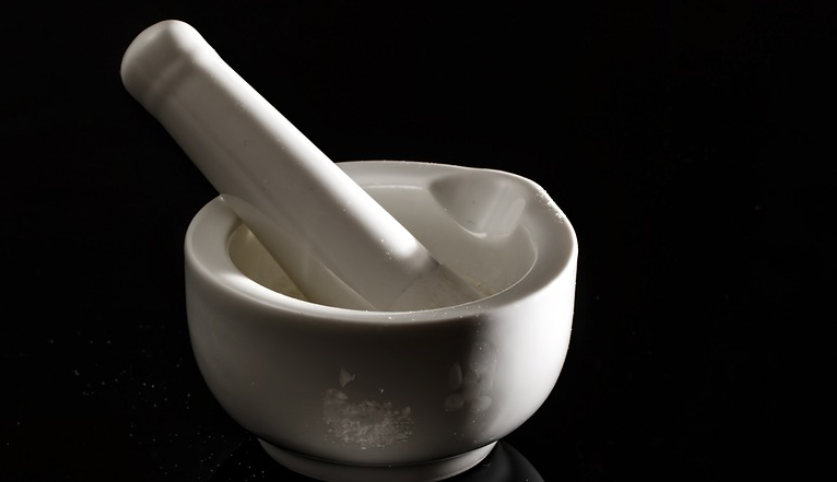Introduction
Ethanol and acidified potassium dichromate are two chemicals that, when combined, create a powerful solution that is used in various industrial and laboratory applications. In this article, we will explore the properties of these chemicals and how they work together to produce such a potent mixture.
The Properties of Ethanol
Ethanol, also known as ethyl alcohol, is a clear, colorless liquid that is commonly used as a solvent, fuel, and disinfectant. It is a highly flammable substance that is derived from the fermentation of sugars by yeast. Ethanol is soluble in water and organic solvents and has a boiling point of 78.5 degrees Celsius.
The Properties of Acidified Potassium Dichromate
Acidified potassium dichromate is a powerful oxidizing agent that is commonly used in various laboratory applications. It is a bright orange compound that is highly soluble in water and has a melting point of 398 degrees Celsius. When mixed with an acid, such as sulfuric acid, it becomes a powerful oxidizing agent that can be used to oxidize a wide range of organic compounds.
The Reaction between Ethanol and Acidified Potassium Dichromate
When ethanol is mixed with acidified potassium dichromate, a chemical reaction occurs that results in the oxidation of the ethanol to acetic acid. The acidified potassium dichromate acts as an oxidizing agent, transferring oxygen atoms to the ethanol and converting it to acetic acid. The reaction produces a significant amount of heat, and the mixture turns from orange to green as the chromium is reduced from the +6 oxidation state to the +3 oxidation state.
Applications of Ethanol and Acidified Potassium Dichromate
The combination of ethanol and acidified potassium dichromate is commonly used in various industrial and laboratory applications. It is used to oxidize a wide range of organic compounds, including alcohols, aldehydes, and ketones. The mixture is also used to test the purity of chemicals and to analyze the composition of various substances.
Safety Considerations
While ethanol and acidified potassium dichromate are both commonly used chemicals, they can be dangerous if not handled properly. Ethanol is highly flammable and should be stored in a cool, dry place away from sources of ignition. Acidified potassium dichromate is a powerful oxidizing agent that can cause severe burns if it comes into contact with the skin or eyes. It should be handled with care and stored in a cool, dry place away from organic materials.
Conclusion
In conclusion, ethanol and acidified potassium dichromate are two chemicals that, when combined, create a powerful mixture that is used in various industrial and laboratory applications. The mixture is commonly used to oxidize a wide range of organic compounds, including alcohols, aldehydes, and ketones. While these chemicals can be dangerous if not handled properly, they play an important role in various scientific and industrial fields.

